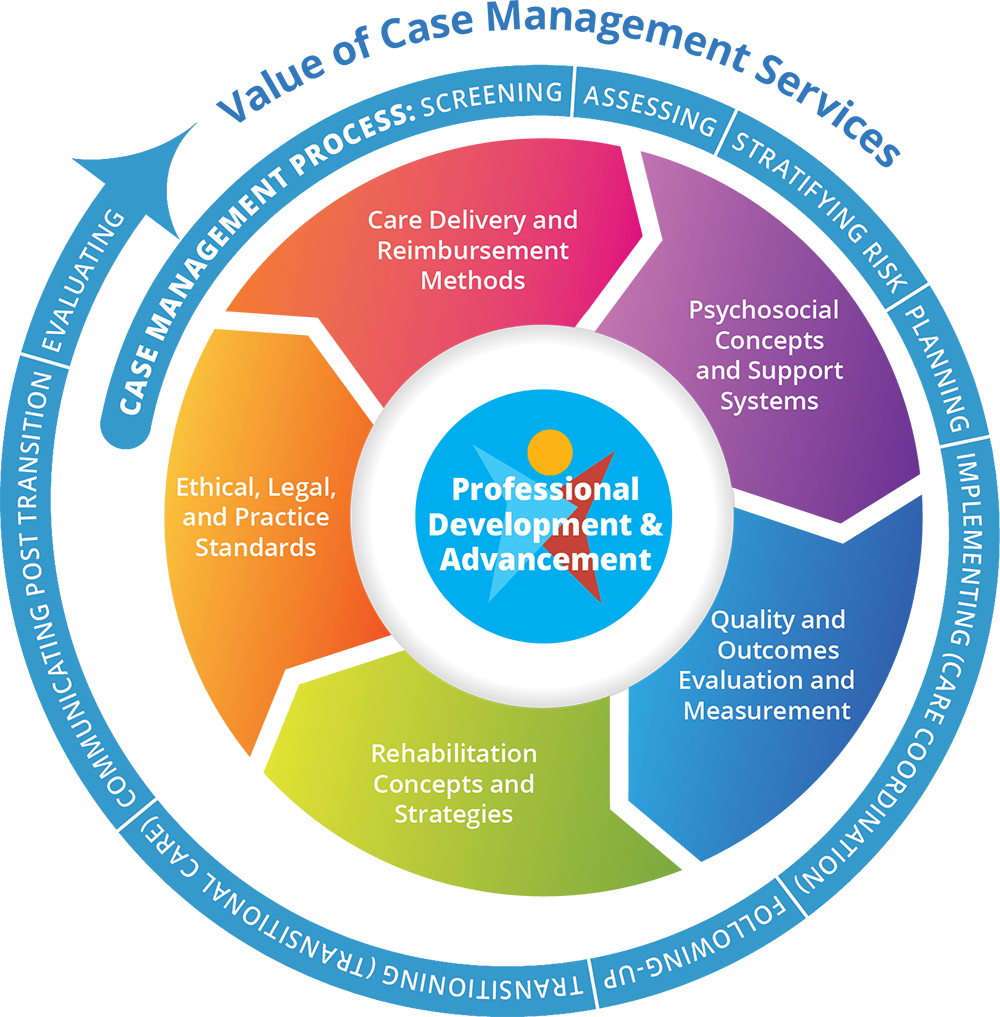For Patients
What is hypoglycemia?
Hypoglycemia, or low blood sugar, happens when your blood glucose drops below normal levels, usually below 70 mg/dL. Hypoglycemia can occur suddenly, but it can be treated. Eating or drinking a small amount of sugar-rich food should help. If left untreated, hypoglycemia can lead to confusion, clumsiness, or fainting. In its most severe stage, hypoglycemia can lead to seizures, coma, and even death.
Who is at risk for hypoglycemia?
Hypoglycemia may be a side effect of a diabetes treatment you are taking. This includes insulin or oral diabetes pills. It is, therefore, very important for you to be aware of the signs of hypoglycemia. It is also important for you to know how to treat hypoglycemia if you are having low blood sugar symptoms. Each person’s symptoms are different, so it’s important for you to recognize your own signs and symptoms.
Symptoms of hypoglycemia include:
• Shakiness
• Nervousness or anxiety
• Sweating, chills, and clamminess
• Irritability or impatience
• Confusion
• Rapid heartbeat
• Lightheadedness or dizziness
• Hunger and nausea
• Sleepiness
• Blurred/impaired vision
• Tingling or numbness in the lips or tongue
• Headaches
• Weakness or fatigue
• Anger, stubbornness, or sadness
• Lack of coordination
• Nightmares or crying out during sleep
• Seizures
• Unconsciousness
Remember that “hypoglycemia” is low blood sugar and should not be confused with “hyperglycemia,” which is high blood sugar.
If you are experiencing any of these symptoms, a blood glucose test should be done. If the reading is below 70 mg/dL, one of these quick-fix foods, containing approximately 15 grams of carbohydrates, should be consumed right away to raise your blood glucose:
• 4 glucose tablets
• 1 tube of glucose gel
• 1/2 cup (or 4 ounces) of a regular—not diet— soft drink
• Hard candies (see package to determine how much to consume)
• 1 tablespoon of sugar or honey
You should then recheck your blood glucose 15 minutes after eating one of the quick-fix foods. If your blood glucose is still below 70 mg/dL, another round of quick-fix food should be consumed. Once your blood glucose is back to 70 mg/dL, you should eat a small snack if your next meal is 1 hour or more away.
Hypoglycemia unawareness
Very often, people whose blood glucose level has fallen below 70 mg/dL may not feel any of the symptoms of hypoglycemia. This is referred to as “hypoglycemia unawareness.” People with hypoglycemia unawareness need to check their blood glucose regularly so they know when their blood glucose has fallen below 70 mg/dL. You should talk to your doctor if you think you are hypoglycemia unaware.
How to best avoid hypoglycemia
Knowing the symptoms of hypoglycemia will help you with your diabetes care. If you are taking insulin or an oral or injectable diabetes medication, you should always be prepared for hypoglycemia. Things you can do to help prevent and treat hypoglycemia are:
• Learn what can trigger low blood glucose levels
• Have your blood glucose meter handy to test your glucose levels
• Carry quick-fix foods with you or have drinks handy
• Wear a medical identification bracelet or necklace
• Tell your family, friends, and coworkers about the symptoms of hypoglycemia and how they can help you if needed
For additional resources, ask your care manager.

